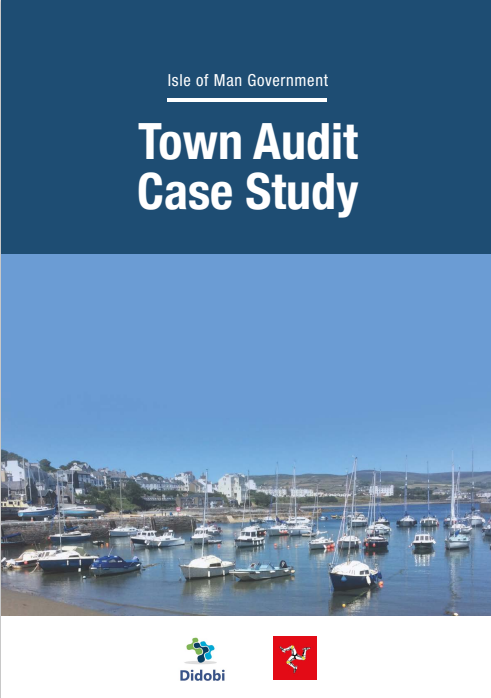A new era of retailing.
The sentence above is one that has been common in the last two years and most recently it was used by Philip Clarke (CEO Tesco) at Retail Week Live to describe the journey Tesco is on. Of any sector or CEO Philip Clarke is in the thick of change and faces the challenges on the new era and the new consumer!
It was interesting to be reminded that Tesco launched online grocery over 17 years ago (1997)! Since then life has moved on from mere transacting to interaction and involvement. The rise of convenience retailing has reiterated, even with the borderless Internet, that proximity based retailing is still the key DNA to retailing. This is not just a UK phenomenon but also a global one. Proximity not only comes from physical spaces but increasingly from technology and Tesco see itself as democratizing technology through launching Hudl. Technology brings people closer to retailers and most importantly brands which then link back to physical places where people can engage physically and socially with these brands and retailers. The challenge is tracking when and where they want to do this and this varies enormously by demographic and brand offer. This link is so significant to Tesco, and quite rightly so, that they have their own app development centre in the east of London and not in their head office.
Last week I listened to four large companies who said that the challenge they face is that the most able people do not want to work for big corporates but in small niche firms where they control their destiny and output. The interesting point here is that the large companies have the market relationships to deliver sales on these new ideas unless of course you start small and go big as per Twitter, Facebook and others. Alternatively, the larger corporates invest in these smaller companies to keep on the inside track or indeed provide the environment for startups as Telefonica does with Wayra. Bigger is now not seen as better!
There was an interesting presentation by Bruce Daisley from Twitter and how it is changing the retail market through its influential following and increasingly sophisticated platform. In The UK there are over 15 million regular Twitter users of which 80% of use is on mobiles. This presents a great opportunity to influence the influencers (last year’s theme of can you trust your friends recommendations if they are being incentivized to do so?) and now a new term to me, native advertising. This is where advertising looks and feels like your Twitter stream but has relevant adverts and promotions planted within it so not to be too ‘in your face’! Twitter is a significant communication network as reflected by its 500 million tweets a day globally and so it should not be a surprise to hear that it is an excellent source of product information and opinion. This is now shown by the fact that Twitter directly influences 30% of buying decisions. I am not sure how one gets to that number but the point is that it is a platform with conversations about people and things and therefore this can be an easy reference tool. This along with other channels means that brands and retailers no longer control the relationship with consumers but consumers control that relationship and have the power to make or break it/them. 38 Degrees is a very good example of how remote views can be consolidated to bring about action. The modern consumer is opinionated, energized, involved and happy to join forces with other like-minded people to achieve their desired outcomes. Ignore them at your peril!






Leave a comment: